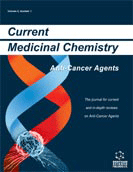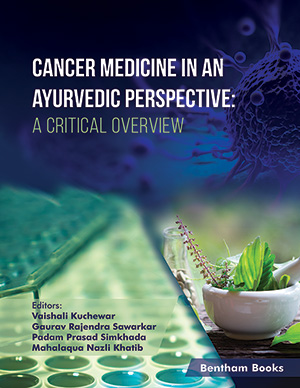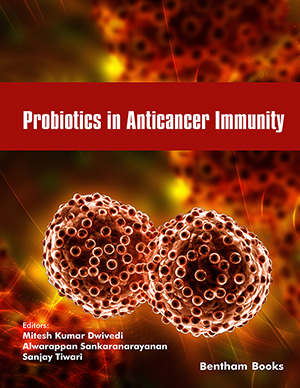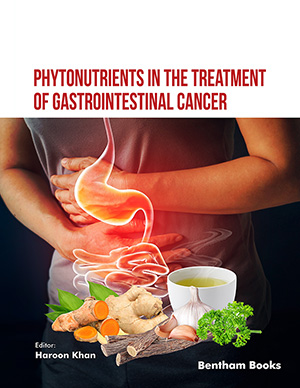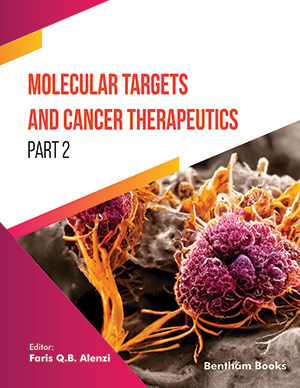Abstract
Curcumin, an active yellow pigment of turmeric and curry, possesses anti-inflammatory, antioxidative and anticarcinogenic properties. Analysis of its structure revealed the presence of β-diketone moiety and phenolic hydroxy groups that were believed to contribute to antioxidation. And vanillin, ferulic acid and a dimer of curcumin were identified as the curcumin-derived radical reaction products. In addition to antioxidation, curcumin could also induce apoptosis by targeting mitochondria, affecting p53-related signaling and blocking NF-κB activation. To further dissect its anticarcinogenic mechanisms, a number of curcumin targets were identified. These included the aryl hydrocarbon receptor, cytochrome P450, glutathione S-transferase, serine/threonine kinases, transcription factors, cyclooxygenase, ornithine decarboxylase, nitric oxide synthase, matrix metalloproteinases and tyrosine kinases. This review will summarize our current knowledge on how these important proteins are affected by curcumin, and hopefully, may provide a whole picture illustrating how the chemopreventive and antitumorigenic effect of curcumin is achieved.
 4
4

